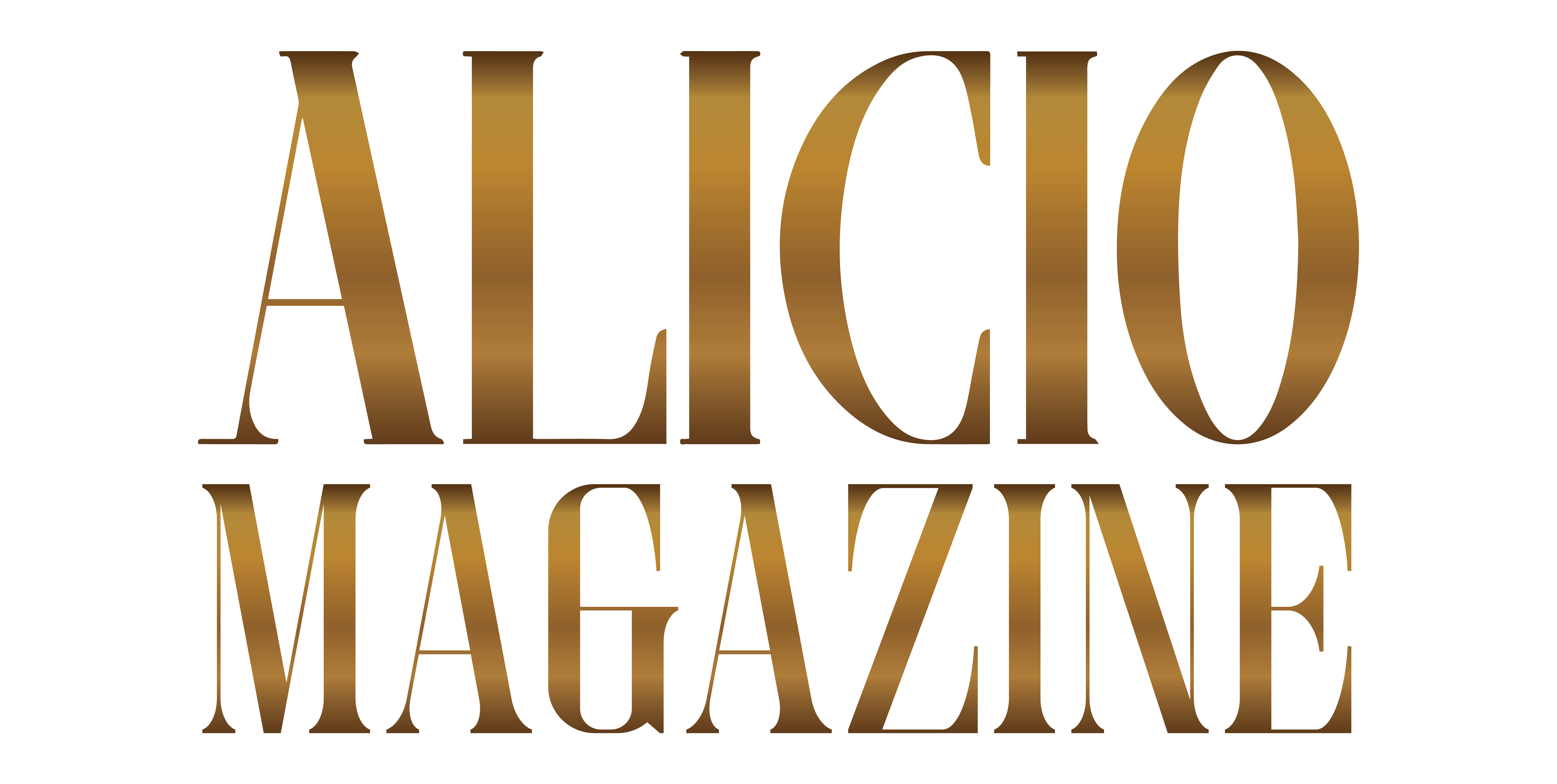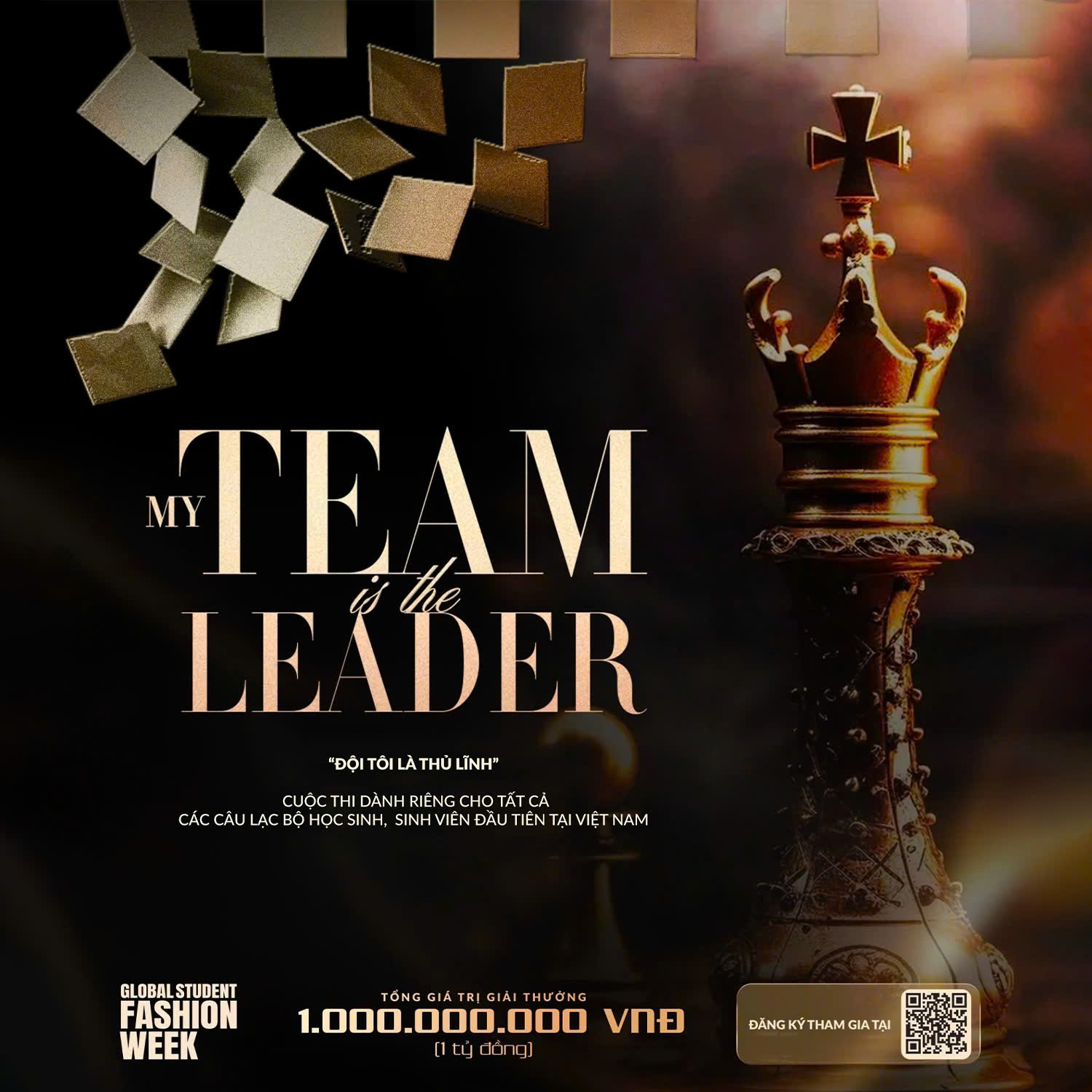These strategies let students see how they have progressed during the school year, enabling them to keep building on their successes and learning from any missteps.
Many teachers can empathize with this conundrum: We want students to value the role of mistakes in their learning, yet we operate in a system that so often disincentivizes such missteps. Reconciling this tension has been a key area of focus over the course of my teaching career, and I have come to value learning portfolios as one of the most effective means of doing so.
Today, portfolios are an integral component to my classroom. Students use this space to capture their learning across time and, in turn, strengthen their own metacognitive thinking. Mistakes are no longer something to be avoided but are an essential component of the assignment, resulting in more nuanced, more thoughtful, and—ultimately—more exciting conversations about students and their learning. If this sounds like a dynamic you want to bring into your own classroom, read on.
What Are Learning Portfolios?
When teachers or students initially think of portfolios, they often imagine a collection of exemplary work.
There is definitely a time and a space for this approach, though I favor a model where students compile a series of artifacts from their own work that illustrates growth over time, where the goal is to tell a more complete story about their learning, including both successes and failures.
How to Create Portfolios
To create a portfolio, students need artifacts. Summative assessments are a great starting point, though as noted above, they don’t tell the full story. Instead, teachers need to increase opportunities for students to make their thinking visible and do this often.
For me, this often comes in the form of process journaling at the start of class (I regularly use Thinking Routines from Project Zero), taking photographs of student work on the board, or collecting exit tickets before they leave, which provides students with very clear snapshots of their progress over time.
Once you start increasing the number of artifacts, your students will need to have somewhere to put them. For those who are technologically inclined, create a shared Google Drive folder. In addition to putting formal assignments here, I create a running Google Doc that functions as a repository for all sorts of ungraded student writing, which is where students are often trying out new strategies, implementing feedback, or developing new ideas.
If you want to minimize technology in the classroom, an old-fashioned notebook and manila folder can work wonders. The notebook serves a similar function as the Google Doc described above, whereas the folder becomes a space to save all those exit tickets and other outputs. One tip: Ensure that the physical folder and notebook never leave the classroom—you don’t want students to risk losing this work.
Once students have collected and stored their artifacts, they are now ready to start crafting their learning narratives. For some students, this task can be daunting, particularly if they are given too much choice. Here are some ways you might differentiate this task.
Predetermine the learning narrative. Invite students to locate artifacts that reflect their growth in a particular skill or standard, which allows them to focus on the task of artifact curation without having to worry about creating a narrative.
Allow students to choose from several learning narratives. This approach mirrors the previous task with one small difference: Rather than prescribing a specific skill or standard, let students choose from a curated list.
Ask students to craft their own learning narrative. This is the most open-ended, as it invites students to be authors of their own learning. For some, this can be articulating (in their own words) a new skill that they have developed. For others, it might be identifying a new idea about the subject matter in the course.
Once students start selecting artifacts, their inclination is often to work chronologically and start at the beginning. Encourage them to flip this around: Instead, begin with an artifact that represents clear growth and work backward. What were the key moments that got them there? This will make it easier to identify critical stages in their learning.
Finally, once students have collected their artifacts, invite them to write a short commentary alongside each one that explains why they chose it, explicitly asking them to explore key mistakes and how they responded to them.
For students with weaker metacognitive skill sets, this can be extremely difficult, though the following reflection stems tend to stimulate the sort of thinking we are aiming for:
- How did you approach the task? Where did you learn this original approach?
- What did you think about this topic before our course? Where did you learn that? How did this frame your early engagement?
- If you could do the task again knowing what you know now, what would you change?
- What strategies did you use? What worked? What didn’t?
How to Assess Portfolios
When it comes time to assess learning portfolios, I focus on three main skills: discerning a learning narrative, curating evidence, and reflective thinking. For discerning a learning narrative, look for specificity: Can students articulate a detailed understanding or a specific skill? Alternatively, is their language overly general?
For curating evidence, focus on whether the artifacts match the learning narrative in question. Have students actually collected artifacts that illustrate growth over time? Given how often our students are taught to center only their successes, this is an area where students may initially resist centering moments of incompetency.
Finally, for reflective thinking, students should be able to identify specific mistakes, assumptions, or oversights, as well as why they made them and how they responded. I often tell my students that I should be able to see some part of them in their narrative: Who are they? What past experiences shaped their approach? And how did they change? If it’s not personal, odds are the learning narrative is too broad.
Learning portfolios don’t need to take lots of time. With a few strategic shifts in classroom culture, teachers can position students to draw upon their past work to tell their learning narratives: successes, failures, and all the in between.
Nguồn: [Edutopia][https://www.edutopia.org/article/using-portfolios-let-students-see-their-learning]



